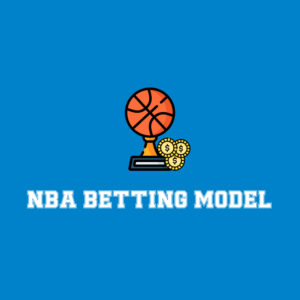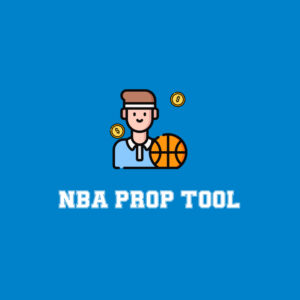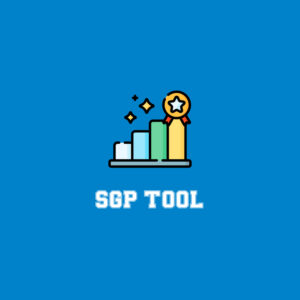
(It’s fantasy baseball draft season! The FTN Fantasy team and a host of helpful guests present our Ultimate 2025 Fantasy Baseball Guide. Check it out and prepare for the 2025 MLB season.)
There’s no more exciting experience than fantasy baseball auctions! As part of FTN’s Ultimate 2025 Fantasy Baseball Guide, I contributed the first of my Auction Strategy Primer series. Following a brief summary of basic auction rules, Part 1 focused on preparations and strategies in advance of an auction and covered the following topics: (1) player evaluation; (2) average auction value data; (3) projections and valuations; (4) winnowing the player pool; and (5) developing an auction strategy. Part 2, focusing on strategies to employ during an auction, will be published soon. Until then, this article discusses nine common auction mistakes and, hopefully, will assist FTN subscribers in avoiding them.
Fantasy Baseball Auction Drafts: Common Mistakes
1. Impatience
In addition to being the most fun league format, auctions are long, mentally challenging grinds, often consuming in excess of four hours. Unlike snake drafts – where fantasy managers pick a player and then wait – managers can participate in the bidding on literally hundreds of players. One of the more common mistakes is for managers to get impatient if they have not rostered a player for 20 minutes, or 40 minutes, or even an hour, and then bid more aggressively than is warranted on players due to such impatience. Sometimes, managers are impatient and want to “make their mark” on an auction right away and proceed to roster multiple players in each of the first few rounds of nominations. When that occurs, managers may be unable to take advantage of bargains in the middle of the auction and be forced into a stars-and-scrubs build because they lack the funds to compete effectively for players after an initial flurry of winning bids.
In the NFBC, each auction consists of 23 rounds of nominations during which each manager will need to roster 23 players. Thus, mathematically, managers can only roster an average of one player per round of nominations (although some players will complete their teams early and then sit out the final few rounds of nominations). This is not to suggest that managers should strive to roster only one player per nomination round; rather, the point is that an auction is a lengthy affair, and there may be periods where managers roster multiple players during a single nomination round, or even consecutively, and there will be other periods during which managers roster very few, if any, players. While managers need to be cognizant of their budgets (more on this later), managers should resist allowing impatience to drive bidding and roster decisions.
2. Excessive Passivity

While impatience can sometimes lead to critical auction mistakes, passivity can have similar consequences. During a 15-team NFBC auction, 345 players will be nominated during the auction phase (15 teams, 23 players). The vast majority of those 345 players will be coveted by multiple managers bidding actively to roster them. Managers who are too passive in determining when and how much to bid may find themselves shut out of large swathes of desirable players. For instance, managers that frequently cease bidding on desired players in favor of hunting future bargains, irrespective of how the auction is progressing, subsequently may discover that some of the better bargains were the ones they elected not to pursue.
Early in an auction, when most of the stronger players are nominated and all teams are flush with cash, there typically are very few players that will be rostered for more than $1-$3 below AAV. Most of the top players also tend to have AAVs in excess of what reasonable valuations would suggest. While managers can decide to avoid the very highest-priced players in an auction, after that they should make sure they are spending their money at a reasonable pace, otherwise they run the risk of having the most money remaining at a point in the auction when there are not enough strong players remaining to justify those funds. Thus, while there is nothing wrong with shopping for bargains in an auction, managers should resist the temptation to be overly passive (or selective) such that they fail to roster a competitive team.
3. Bidding Wars
The opposite of being overly passive in an auction is being overly aggressive, and that also can be a recipe for disaster. In most auctions in which I’ve participated, there usually is at least one, if not several, extended bidding wars, where two managers are locked in a battle over a coveted player. I am not talking about two managers going back and forth a few times over a player and winding up a buck or two over AAV. Rather, I am referring to real bidding wars, where the player’s AAV is thrown out the window and the focus of the two managers is on beating each other, with heels being dug in as the bidding sails way past AAV.
Here are two realities about extended bidding wars. First, the other 13 managers (or 10 in an NL- or AL-only league) absolutely love them because the contested player will take far more money off of the table than he is worth. Second, the “winner” of an extended bidding war likely will wind up as the loser because, more often than not, the player involved will fail to break even, let alone turn a profit, at his elevated cost.
During the course of an auction, managers will win some battles and lose some battles. In most cases, managers should have a targeted or maximum price for a particular player and stick to it. There are times, however, where a manager can and should go over that target price for a particular player and more aggressive bidding is warranted. For instance, if a manager believes that a player is worth at least several dollars more than his AAV, it may be fine to bid more aggressively on such a player. That noted, if, during an auction of 345 players (or 276 players in a 12-team only league), one individual player becomes so indispensable that a manager is willing to throw value out the window to win an extended bidding war, that, in my opinion, is a sign that the manager has failed to execute. Additionally, managers should not take competing bids personally – the focus of bidding is to roster a desired player at a favorable or at least acceptable price, not to “beat” another manager during the bidding process. Remember, the goal is to win the league, not auction skirmishes over individual players.
4. Predictability
Managers should strive to be unpredictable in their nominations and bidding. During an auction, there is a lot going on – managers are striving to cram a 23-player roster into a $260 budget, while filling all positions, acquiring strong stats in all ten roto categories, and keeping track of the players being nominated, the amount of the nominations and subsequent bids, their remaining budgets versus those of their competitors, etc. There are few managers that can handle all of that while also studiously monitoring the practices, habits, and mannerisms of all competing managers. But sometimes, managers make it easy for their competitors by being way too predictable.
There are a number of ways that managers can be overly predictable, including: (1) always nominating players they do not want; (2) always nominating players they do want; (3) always bidding $1 more than the prior bid; (4) always using a “jump” bid as their final effort to roster a player; and (5) differentiating their habits, mannerisms, bidding style/voice depending on whether they want – or don’t want – a particular player. Because most managers are focusing predominantly (if not exclusively) on themselves and their own teams during an auction, the bar is not that high for managers in terms of mixing things up. Importantly, however, if a manager is not careful and becomes highly predictable in terms of how he or she nominates or bids on players, eventually other managers will notice these “tells” and happily use them to their advantage.
5. Rostering Unwanted Players
Price enforcing – the act of bidding up a player primarily (or solely) to make him more expensive for opposing managers – can be effective but is also risky. At times, bidding on a player tends to stall prematurely and a well-timed bid often is all that is needed to get the ball rolling again and the player’s auction price will rise toward, and sometimes exceed, AAV. The risk, however, is when a manager’s attempt at price enforcing fails to elicit additional bids, and the player unexpectedly is rostered by the “enforcing” manager (who may have little to no desire for that player). The lesson is that managers should not price enforce unless they are prepared to roster the player at the bid price. Adhering to that lesson is easier said than done, and after several successful bids that help to drive up players’ prices for competitors, managers often appear surprised when the strategy inevitably does not work, and unwanted players are added to their rosters.
A similar mistake is when a manager strays from the pre-auction gameplan to roster a player whose price is unexpectedly below AAV. To be clear, if that player truly is desirable to the manager, all is wonderful. But, in some cases, the manager may be ambivalent to, or even dislike the player for fantasy, but succumbs to the temptation of a “flash sale” and/or simply could not stand to allow a competitor to realize an apparent bargain. In those cases, rostering the player often is a mistake. First, the manager has spent a portion of his or her budget on a player that he/she had no intention of rostering. Second, that purchase may take the manager out of the running for other, more desirable players. In the vast majority of circumstances, managers would be better served allowing competitors to roster players below their AAV than to risk clogging their rosters with unwanted players in order to prevent their competitors from reaping an apparent bargain (which, after the six-month season, may be no bargain at all).
6. Failing to Monitor Early Spending
One of the key differences between an auction and a snake draft is the need to manage the $260 budget allotted to each team during the auction phase. The goal for managers is to employ that budget as effectively as possible. While it is important for managers to monitor spending throughout an auction – both their own spending and that of their competitors – it is never more important than during the first few nomination rounds, when many of the best players are rostered.
Early spending can inform managers’ auction strategies in several different ways. For instance, if the top hitters and pitchers are auctioned at several dollars or more above AAV, that informs the manager that: (1) he or she similarly may need to exceed AAV if intent on rostering a top hitter and/or pitcher; and (2) the middle tiers of players are likely to be rostered at prices below AAV. Remember, an auction is a zero-sum game when it comes to budgets – in a 15-team league, 345 players (15 x 23) will be rostered at a maximum cost of $3,900 (15 teams, $260). If certain groups of players are auctioned at prices above AAV, then other groups of players must be auctioned at prices below AAV.
Conversely, if the top hitters and pitches are auctioned at several or more dollars below AAV, that informs the manager that he or she may want to attack that top tier because subsequent tiers are more likely to have prices above AAV. In many auctions, it may be that certain positions or statistics are more expensive than anticipated. Every auction is unique, and managers should not assume that individual auctions will track AAV closely. In some auctions, elite starting pitching may be priced at a premium, forcing managers to either pay “market” prices or shun that tier in favor of rostering more second and third tier starters and competing through better depth. For several years, before MLB changed its rules, stolen bases often were priced at a premium, such that managers really needed to strategize where and how they were going to acquire speed assets.
Finally, in certain auctions, hitting or pitching is more expensive than most other auctions. For instance, in recent high-stakes NFBC auctions, roughly 62% has been spent on hitting versus 38% on pitching. In individual auctions, however, the splits could be materially different (for instance, 55% hitting/45% pitching, or 70% hitting/30% pitching). The sooner a manager is able to identify whether the hitting/pitching split is close to or materially different than the average split, the better positioned that manager is to adjust accordingly (for example, by reallocating funds toward hitting or pitching).
7. Failing to Monitor Player Tiers

Irrespective of whether managers rank players into tiers, they should be aware of how the market perceives tiers when it comes time to auction. While there frequently are exceptions, oftentimes during an auction, when a nominated player represents the last in a tier, bidding will be more competitive, often settling above AAV, as managers seek to avoid missing out on that particular tier. For instance, in early NFBC Draft Champions leagues, there is a tier of seven first basemen (Josh Naylor, Christian Walker, Spencer Steer, Triston Casas, Vinnie Pasquantino, Cody Bellinger, Jake Burger) who currently are being drafted over an approximate two-round span (with an approximate four-round gap until the next first baseman is drafted). In an auction, it would not be surprising to see the last player (or maybe last two players) nominated in that tier to go at or above “full” price as managers attempt to roster a first baseman before falling into the next, less-attractive tier of options.
During an auction, managers favoring multiple players in a targeted tier may be best served rostering one of them prior to getting to the end of that tier. If the pool of preferred options starts to dwindle, managers should consider nominating a preferred player while potential pivots in the same tier remain for other managers to consider, potentially causing them to not go the extra dollar on that particular player.
8. Failing to Prepare for the “End Game”
One of the most consequential phases of an auction is the “end game,” when managers have very little money left and are trying to fill out their rosters. To the extent possible, managers should be assessing, among other things: (1) how much money they have left; (2) how many roster spots they still need to fill; (3) the positions needed to be filled (including whether they have rostered players with multi-positional eligibility that may provide additional flexibility); (4) which competing managers have the same positional needs and the relative size of their remaining budgets; and (5) which players remaining to be nominated have the best statistical profiles to complement the existing roster. Bidding during the end game is fast; most nominations start at $1 or $2, and the other managers only are accorded a few seconds, if that, to decide whether they want to raise the price on a competitor’s nomination (and to do so before another competitor beats them to it).
During this hectic time in an auction, managers do not have time to research players or start ranking them. To prepare for the end game, managers should have a ranked list of desired, or at least acceptable, players at each position with an AAV of $1 or $2. Managers also should know, instantaneously, the roto categories in which these players are likely to help and hurt. Managers unprepared for the end game almost certainly will struggle during this portion of an auction.
9. Failing to Prepare for the Reserve Rounds
In the NFBC, following the completion of the 23-round auction, there typically will be a short break followed by a seven-round snake draft for reserves. Managers should use whatever time is available to complete their preparations for the reserve rounds. Managers need to assess their team’s strengths and weaknesses, as well as the pool of players that were not rostered during the auction. Some of the questions managers should ask themselves shortly before the reserve rounds snake draft begins are:
- Who are the best players that were not rostered during the auction phase? Which of them, if any, are worth prioritizing irrespective of team needs?
- What are my team’s categorical strengths and weaknesses and which of the available players would best address the team’s weakest categories?
- Who are the best starting pitchers available?
- How secure are my closers and who are the best relief pitchers/closer specs available?
- How many bench hitters are desired and at what positions are backups wanted/needed?
There may be additional considerations factored in reserve round selections. For instance, NFBC managers may consider, among other things, (i) players who accumulated stats during “free look” games in Japan, (ii) favorable early-season matchups, and (iii) the desire/need for an extra pitcher for the initial half-week.
Good luck in future auctions, and feel free to pose auction-related questions in the Discord.





























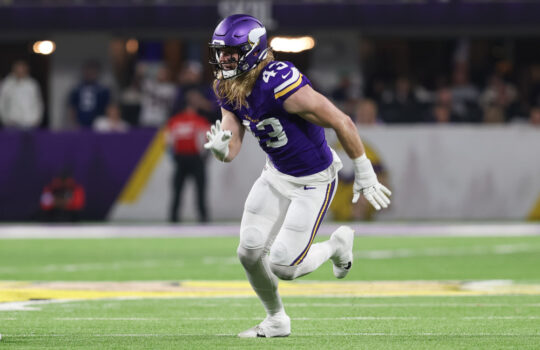



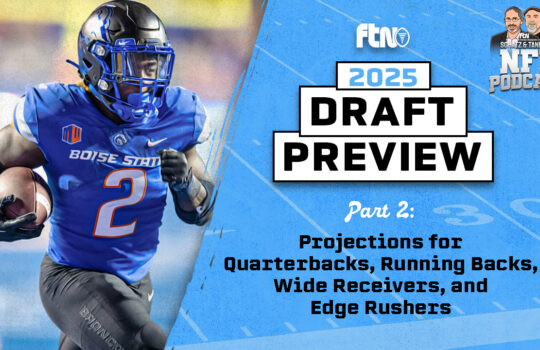

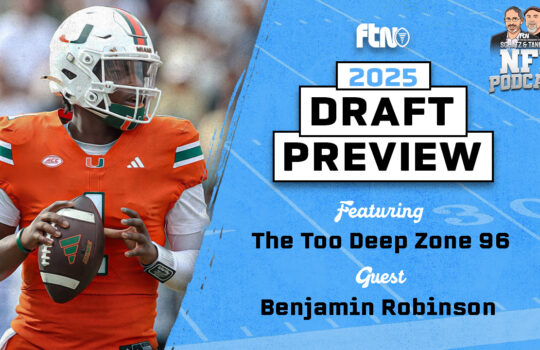







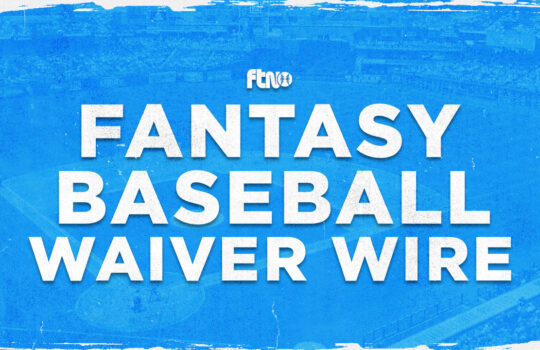

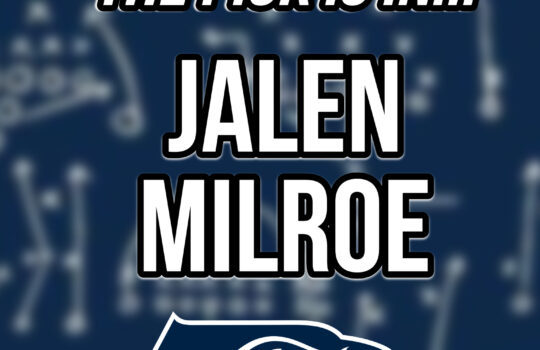

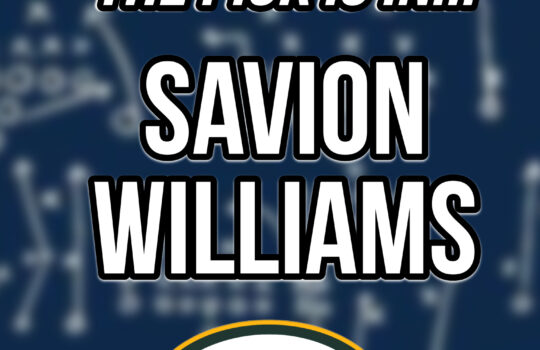
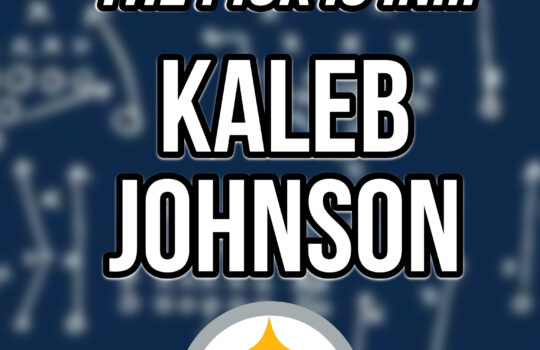

 New York Jets
New York Jets  New England Patriots
New England Patriots  Miami Dolphins
Miami Dolphins  Buffalo Bills
Buffalo Bills  Pittsburgh Steelers
Pittsburgh Steelers  Cleveland Browns
Cleveland Browns  Cincinnati Bengals
Cincinnati Bengals  Baltimore Ravens
Baltimore Ravens  Tennessee Titans
Tennessee Titans  Jacksonville Jaguars
Jacksonville Jaguars  Indianapolis Colts
Indianapolis Colts  Houston Texans
Houston Texans  Las Vegas Raiders
Las Vegas Raiders  Los Angeles Chargers
Los Angeles Chargers  Kansas City Chiefs
Kansas City Chiefs  Denver Broncos
Denver Broncos  Washington Commanders
Washington Commanders  Philadelphia Eagles
Philadelphia Eagles  New York Giants
New York Giants  Dallas Cowboys
Dallas Cowboys  Minnesota Vikings
Minnesota Vikings  Green Bay Packers
Green Bay Packers  Detroit Lions
Detroit Lions  Chicago Bears
Chicago Bears  Tampa Bay Buccaneers
Tampa Bay Buccaneers  New Orleans Saints
New Orleans Saints  Carolina Panthers
Carolina Panthers  Atlanta Falcons
Atlanta Falcons  San Francisco 49ers
San Francisco 49ers  Seattle Seahawks
Seattle Seahawks  Los Angeles Rams
Los Angeles Rams  Arizona Cardinals
Arizona Cardinals 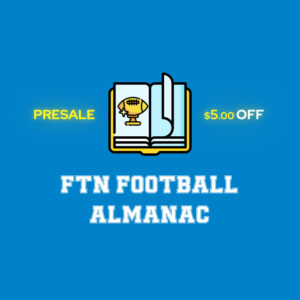
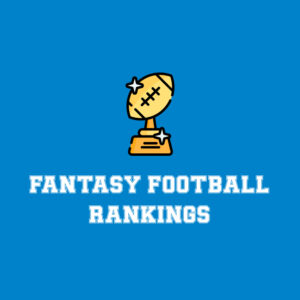
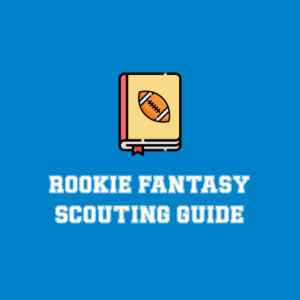
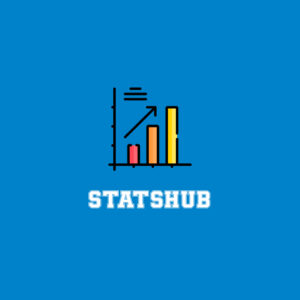





 Boston Celtics
Boston Celtics  Brooklyn Nets
Brooklyn Nets  Philadelphia 76ers
Philadelphia 76ers  New York Knicks
New York Knicks  Toronto Raptors
Toronto Raptors  Chicago Bulls
Chicago Bulls  Detroit Pistons
Detroit Pistons  Milwaukee Bucks
Milwaukee Bucks  Cleveland Cavaliers
Cleveland Cavaliers  Indiana Pacers
Indiana Pacers  Orlando Magic
Orlando Magic  Atlanta Hawks
Atlanta Hawks  Charlotte Hornets
Charlotte Hornets  Miami Heat
Miami Heat  Washington Wizards
Washington Wizards  Denver Nuggets
Denver Nuggets  Minnesota Timberwolves
Minnesota Timberwolves  Oklahoma City Thunder
Oklahoma City Thunder  Portland Trail Blazers
Portland Trail Blazers  Utah Jazz
Utah Jazz  LA Clippers
LA Clippers  Golden State Warriors
Golden State Warriors  Los Angeles Lakers
Los Angeles Lakers  Phoenix Suns
Phoenix Suns  Sacramento Kings
Sacramento Kings  Dallas Mavericks
Dallas Mavericks  Houston Rockets
Houston Rockets  Memphis Grizzlies
Memphis Grizzlies  New Orleans Pelicans
New Orleans Pelicans  San Antonio Spurs
San Antonio Spurs 
